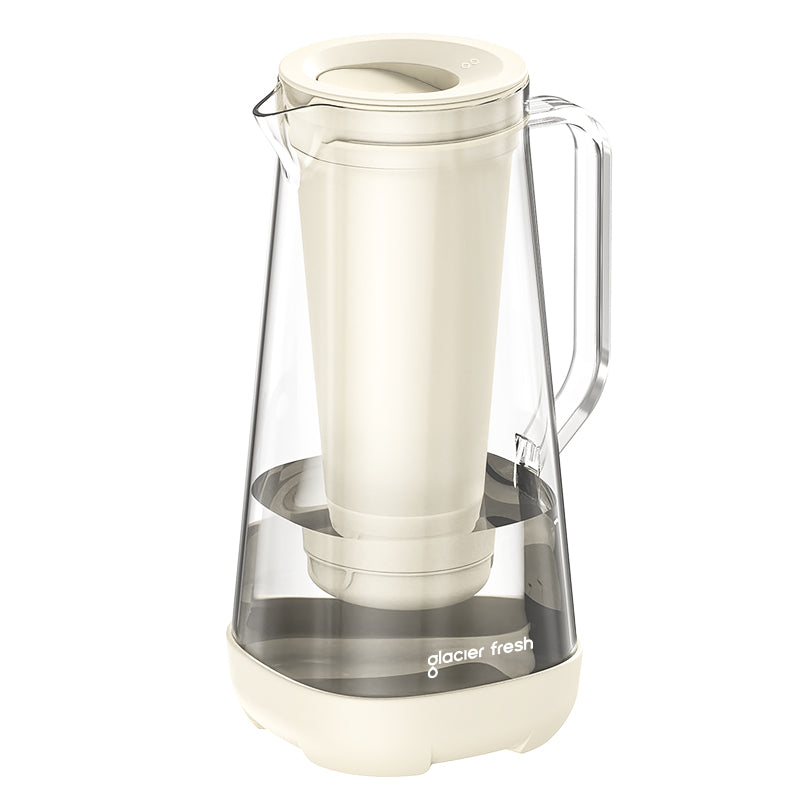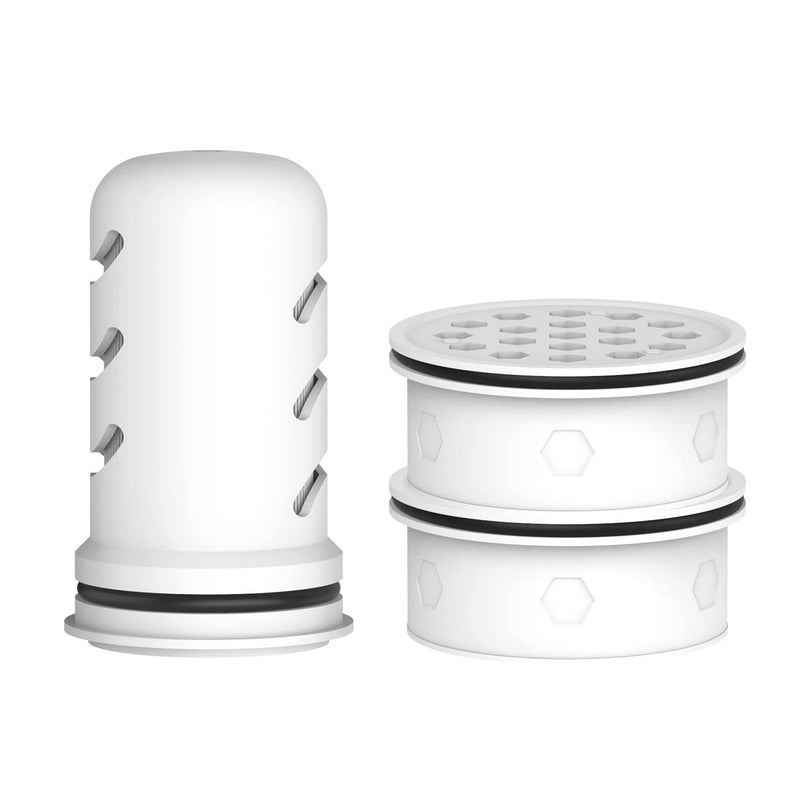Table of Contents:
Understanding reverse osmosis(RO) water
The science behind cooking with RO water
Culinary applications: where RO water shines
Practical tips for using RO water in the kitchen
Potential drawbacks and considerations of using RO water for cooking
Expert insights and real-world experiences
Conclusion
Ingredients matter when elevating the flavor and quality of your meals—and water is no exception. Whether you're boiling pasta, brewing coffee, or making a delicate soup, the water you use directly impacts taste, texture, and overall culinary success. That’s why professional chefs and home cooks turn to reverse osmosis (RO) water, especially from trusted brands like Glacier Fresh, to transform everyday cooking into a cleaner, tastier experience. In this post, we’ll explore why RO water is making waves in kitchens worldwide and how Glacier Fresh is leading the charge.
Understanding reverse osmosis(RO) water

Reverse osmosis is a water purification process that uses a semi-permeable membrane to remove up to 99% of contaminants—including lead, chlorine, fluoride, arsenic, and other dissolved solids. The result? Spotless, odorless, and neutral-tasting water that provides a blank canvas for cooking.
Unlike tap water, which can carry chemical residues or minerals that interfere with food flavors, RO water provides consistency and purity—two essential ingredients in any successful dish.
The science behind cooking with RO water

At a molecular level, water interacts with nearly every food component during cooking. It acts as a solvent, extractor, and carrier for flavors. Impurities in water—like chlorine or heavy metals—can disrupt those interactions. Chlorine, for example, can alter the taste of tea or dull the brightness of vegetables during blanching.
By using RO water, you remove those unwanted variables, resulting in cleaner, more vibrant flavors. RO water also prevents mineral buildup in cooking appliances like kettles, rice cookers, and espresso machines, prolonging their life and performance.
Culinary applications: where RO water shines
RO water is especially useful in recipes that rely heavily on water absorption or extraction. Here’s where it makes a difference:
- Boiling pasta & grains: Pasta and rice absorb water as they cook. With RO water, you avoid imparting off-flavors that can come from tap water.
- Soups & broths: When every flavor counts, starting with pure water ensures you’re highlighting the ingredients—not masking them.
- Coffee & tea: Beverage purists know water quality is key. RO water allows the natural flavors of beans and tea leaves to shine.
- Bread & dough: Bakers appreciate the consistency of RO water, especially regarding hydration ratios and yeast performance.
- Vegetable blanching: RO water helps maintain vibrant colors and crisp textures when blanching or steaming vegetables.
Practical tips for using RO water in the kitchen
- Invest in a quality RO system: A home reverse osmosis system like Glacier Fresh makes it easy to access purified water anytime.
- Store water smartly: If you're cooking large meals, store RO water in a clean glass container for easy access during prep.
- Use it in all liquid-based recipes: Think soups, stews, sauces, rice, coffee, and even ice cubes.
- Start small: If you’re not ready to switch over completely, try RO water in recipes highlighting subtle flavors—like herbal teas or poached fish.
Potential drawbacks and considerations of using RO water for cooking
While RO water offers purity, it’s worth noting that it also removes beneficial minerals like calcium and magnesium. For cooking, this usually isn’t a concern, but here are a few things to keep in mind:
- Taste adjustment: Some cooks find RO water too “flat” due to lacking minerals. You can offset this with a pinch of sea salt or mineral drops.
- Water waste: RO systems can produce some wastewater during the filtration process. Glacier Fresh addresses this with eco-conscious designs that minimize waste.
- Appliance compatibility: Always check manufacturer recommendations for appliances like coffee makers or steam ovens. Some may require mineralized water.
Expert insights and real-world experiences
Many professional chefs, especially those in fine dining or health-focused kitchens, choose RO water to maintain flavor integrity. Chef Laura Kim, owner of a Michelin-starred Asian fusion restaurant, says:
"Switching to RO water made our stocks cleaner, our teas smoother, and our doughs more consistent. It’s a small detail that adds up to big results."
Home cooks echo similar praise. Julia M., a home baker in Oregon, shares:
"After switching to Glacier Fresh RO water, my sourdough starter became more active, and my coffee stopped tasting metallic. I'm hooked!"
Conclusion
Water might be the most overlooked ingredient in your kitchen—but it could also be the most powerful. By using reverse osmosis water, particularly from a brand like Glacier Fresh, you unlock a new level of flavor clarity, cooking consistency, and kitchen cleanliness. Whether you’re a seasoned chef or a passionate home cook, it’s a change worth making.
Ready to cook cleaner and taste the difference? Give Glacier Fresh RO water a try—your food (and taste buds) will thank you.










